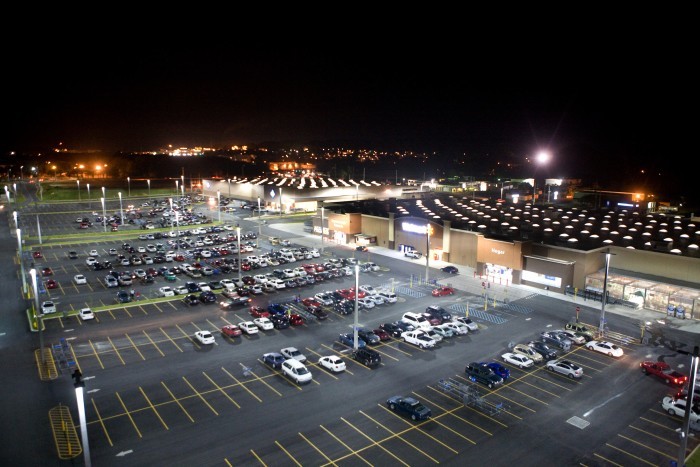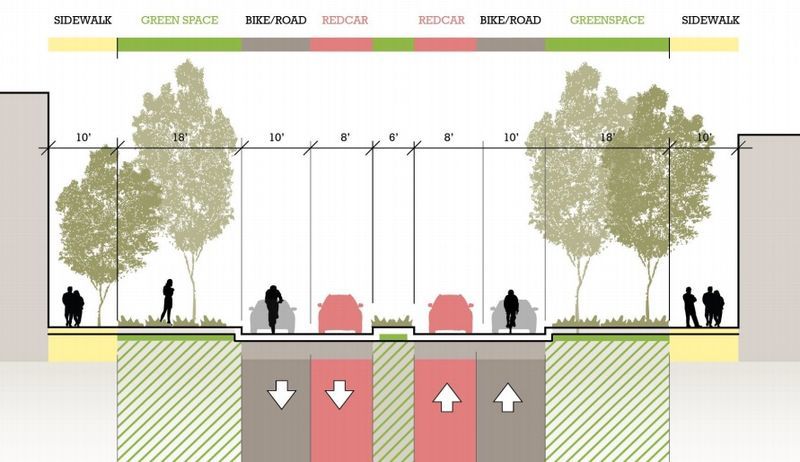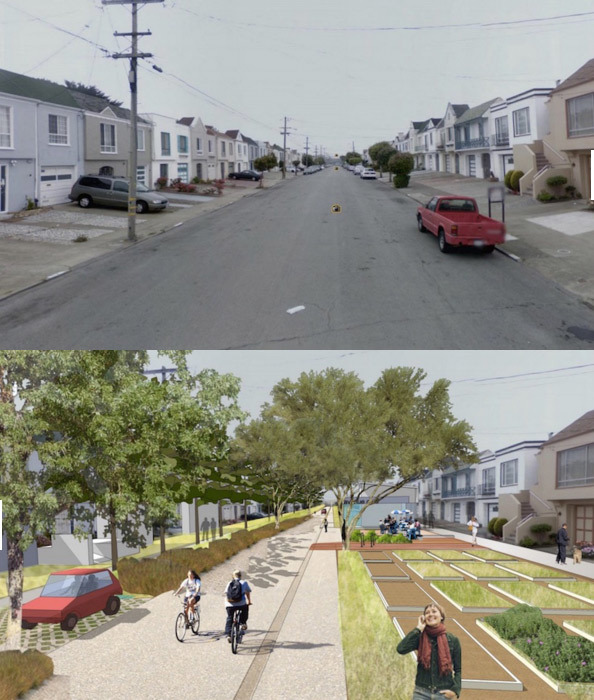How unmanned vehicles will change the face of cities

In just a few years, unmanned vehicles have gone from the concept of a distant future to practically real technology. Of course, there are still a lot of legal and technological problems to be solved, but it is very likely that such cars will be on sale, and in the future they may completely oust the old cars with drivers from the streets.
If this happens, the consequences are hard to imagine. It's not just about changing people's lifestyle. More radically change the appearance of cities . The last hundred years, cars have defined it. If robo cars in universal ownership (carsharing) begin to prevail, the city will not change drastically from an architectural point of view or layout, but the appearance of the streets will completely change.
The most important thing is that city parking lots will disappear, which now occupy vast territories near each shopping center, near residential buildings, office buildings, etc. They can be seen almost everywhere, but in the future they will disappear. We forever forget about the yards crammed with cars. Imagine how much space will be released immediately!
')

In fact, if the cars are in common ownership and serve all residents of the city, then they are constantly in motion. Why do they need parking near each building? Stopped - and drove on. Parking can be moved away from the eyes, and the car will arrive on call. According to Dr. Kara Kockelman, with the full transition to automatic transport, the number of cars will decrease by 8 times. Accordingly, parking will be 8 times smaller, and they can be moved to another place.
According to statistics, the average American car is parked 95% of the time. Carlo Ratti (Carlo Ratti), director of the MIT Senseable City Laboratory, gives an even more optimistic assessment: every unmanned vehicle can remove from 10 to 30 private vehicles from streets.
A drastic reduction in the number of cars will free several lanes on the freeways from traffic.


The vacated space is suitable for planting trees, laying bike paths, picturesque pedestrian alleys. For example, here's how the face of 40th Avenue in San Francisco can change (from the Jerry Tierney presentation).

Interestingly, walking along narrow sidewalks is a habit developed by people of the 20th century. Quite unnatural that people gave the road to cars. The video from 1906 shows that in the past, San Francisco residents moved freely around a wide avenue.
Source: https://habr.com/ru/post/371869/
All Articles